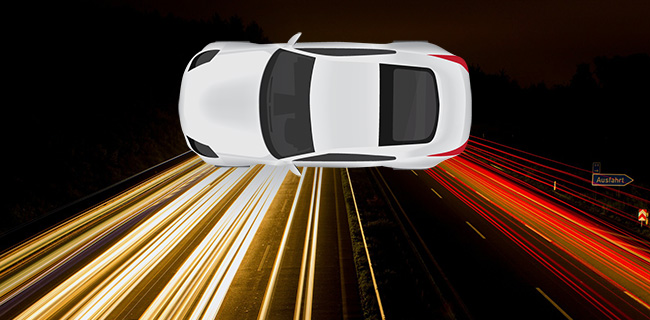US gets federal guidelines for safe deployment of self-driving cars
The Obama Administration has issued a new Federal Automated Vehicles Policy to help facilitate the responsible introduction of self-driving cars.

The policy sets a proactive approach to providing safety assurance and facilitating innovation through four key parts.
Vehicle performance guidance uses a 15-point Safety Assessment to set clear expectations for manufacturers developing and deploying automated vehicle technologies.
Model state policy delineates the Federal and State roles for the regulation of highly automated vehicle technologies as part of an effort to build a consistent national framework of laws to govern self-driving vehicles.
Finally, the policy outlines options for the further use of current federal authorities to expedite the safe introduction of highly automated vehicles into the marketplace, as well as discusses new regulatory tools and statutory authorities the federal government may need as the technology evolves and is deployed more widely.
The public is welcome to comment on the new policy, and the Department of Transportation intends to update it annually.
“This policy is an unprecedented step by the federal government to harness the benefits of transformative technology by providing a framework for how to do it safely,” commented Anthony Foxx, US Transportation Secretary.
The primary focus of the policy is on highly automated vehicles, or those in which the vehicle can take full control of the driving task in at least some circumstances. Portions of the policy also apply to lower levels of automation, including some of the driver-assistance systems already being deployed by automakers today.
Simultaneously with this policy, NHTSA (National Highway Traffic Safety Administration and Society of Automotive Engineers) is releasing a final enforcement guidance bulletin clarifying how its recall authority will apply to automated vehicle technologies. In particular, it emphasizes that semi-autonomous driving systems that fail to adequately account for the possibility that a distracted or inattentive driver-occupant might fail to retake control of the vehicle in a safety-critical situation may be defined as an unreasonable risk to safety and subject to recall.
David Barzilai, Karamba Security chairman and co-founder, believes that the DOT guidelines for self-driving cars are timely.
“Navigant Research projects that by 2020, 25% of shipped cars will support different levels of autonomy, growing to 44% of all shipped cars in 2025. These levels, established by the NHTSA and SAE (Society of Automotive Engineers), range from braking and acceleration to auto sensing cars and changing lanes to complete autonomy with the car controlling all safety-critical functions through the entire trip,” he noted.
“The DOT guidelines indicate the need for cybersecurity best practices and call upon industry technology companies and the car manufacturers to share knowledge and create them. DOT expects such best practices to be embedded in the designs of the autonomous cars,” he says.
“The leading car companies and Tier-1 providers have already started to create internal methods for hardening cars against hackers. Yet, they have been experiencing a gap between common enterprise cybersecurity methodologies that protect against data loss and in-car security that protects against fatalities and damages. Both NHTSA and the industry are seeking solutions that will enable the prevention of attacks, not just detection, without risking lives due to false alarms, problems that can lead to legitimate car commands failing to execute, such as airbag deployment.”
“It is not a simple task, but it is absolutely critical, as preventing the attack is even more important than detecting the attack,” he added. “The industry must stop hackers before they ever succeed to penetrate into cars due to the sheer scale of fatalities and property damage that could result from cyberattacks on cars.”